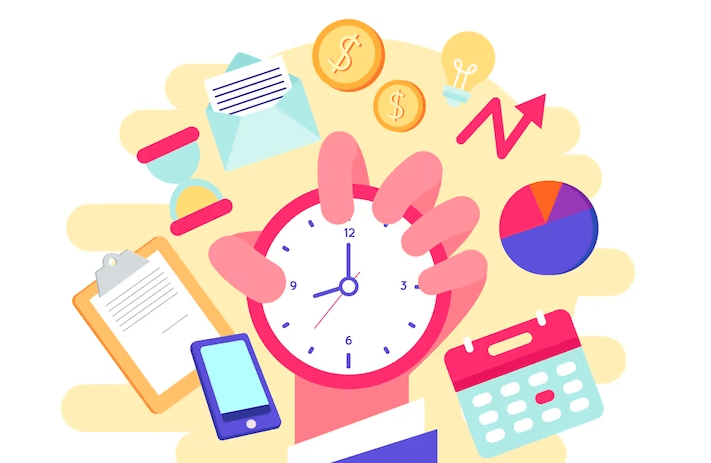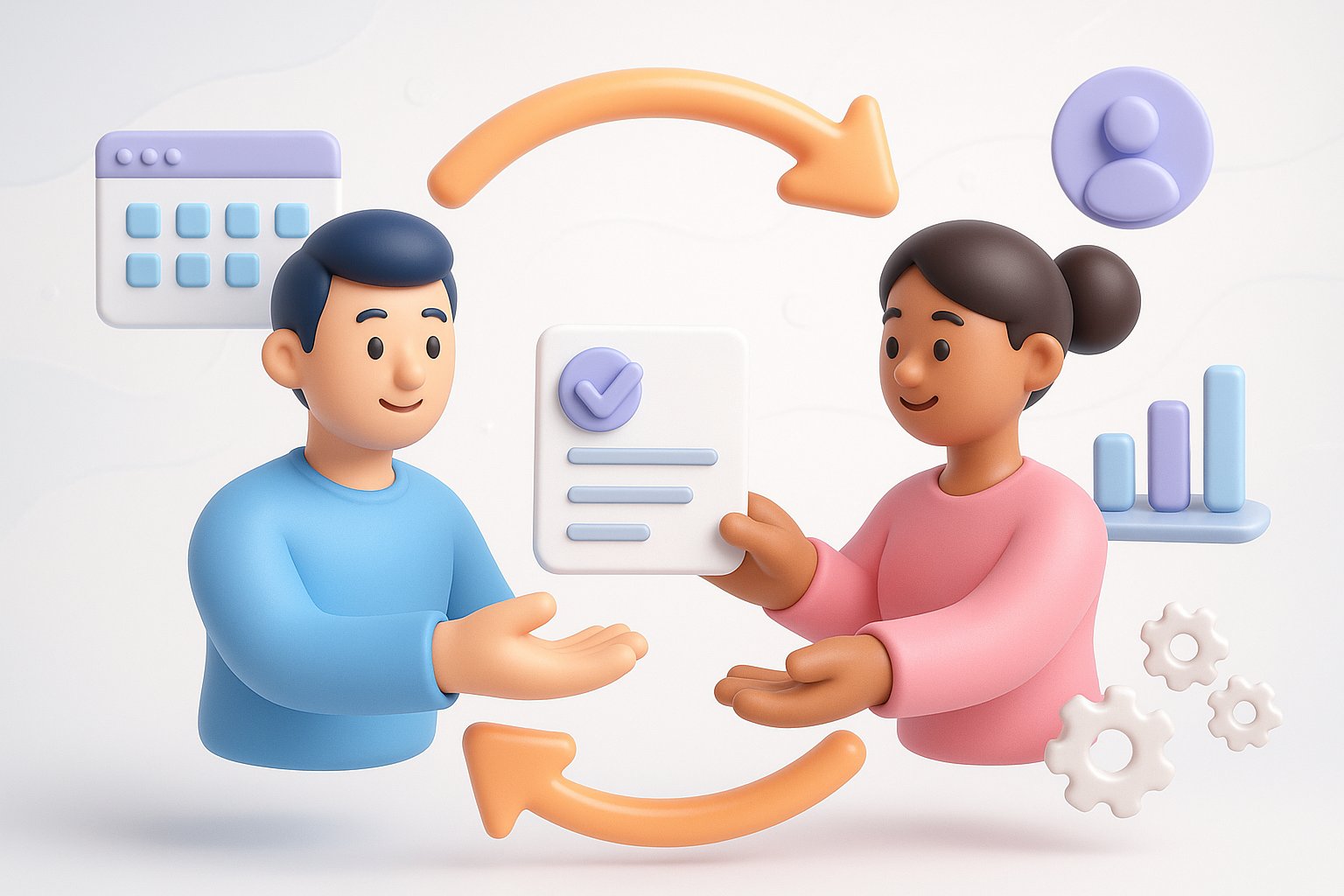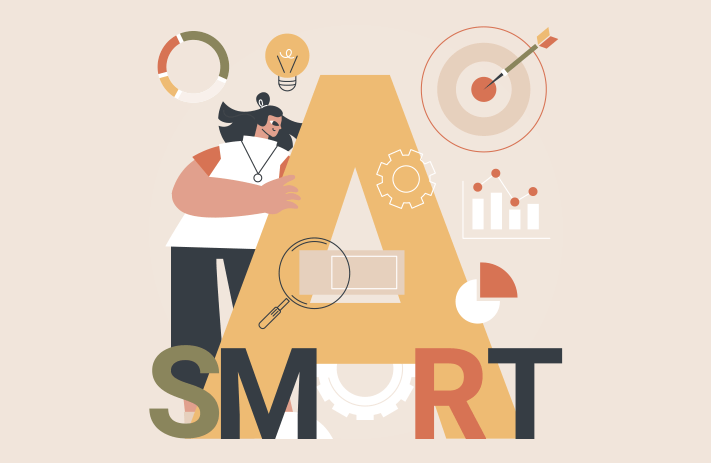
Click the button to start reading
How to Get More Done in Less Time: The Magic of Productivity Methods
Are you constantly feeling overwhelmed by the amount of work on your plate? Struggling to meet deadlines or achieving less than your full potential at work?
You’re not alone.
Productivity is a common challenge for many professionals, especially in today’s fast-paced, digital-first work environment.
The struggle is real.
Lack of productivity can lead to stress, inefficiency, and even career stagnation. It impacts your performance, work satisfaction, and overall quality of life. And let’s face it, it’s not just about managing time—it’s about making the most of it.
The good news is, there are ways to tackle this.
Productivity methods offer a variety of tools and techniques designed to help you manage your work more effectively, boost your output, and balance your professional and personal life better.
Let’s delve into this article to understand what these methods are, how they work, and how you can implement them to supercharge your productivity.
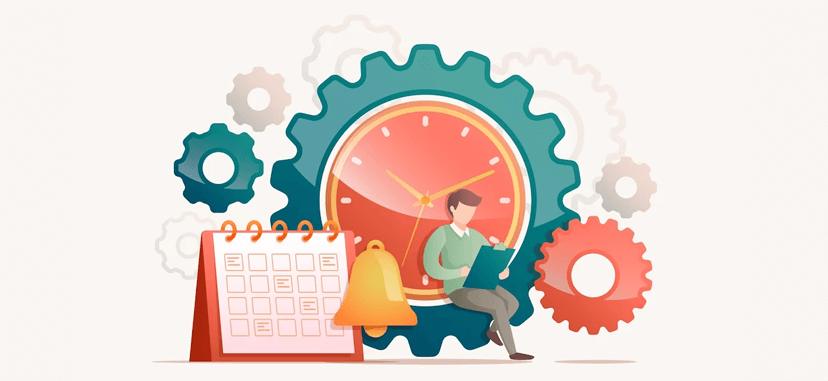
What Are Productivity Methods At Work?
Productivity methods, as the term suggests, are techniques or strategies designed to increase an individual’s productivity or efficiency in their work. They encompass a variety of approaches, ranging from time management and task prioritization to habit formation and mental focus techniques.
A common goal of all these methods is to maximize an individual’s output and quality of work within a given period.
Understanding and utilizing productivity methods can be a game-changer in terms of work performance.
Here’s why:
- Better time management: Productivity methods often revolve around effective time management. Whether it’s breaking down tasks into manageable chunks (a la the Pomodoro Technique) or identifying and focusing on the most critical tasks (as per the Eisenhower Matrix), these methods enable individuals to use their time more effectively, thus getting more done.
- Improved focus: Distractions are productivity killers. Many productivity methods address this by incorporating strategies to enhance focus and concentration. For instance, methods like Deep Work encourage periods of uninterrupted, focused work, thereby increasing productivity.
- Reduced stress: Feeling overwhelmed with tasks can lead to stress, which in turn can affect productivity. Productivity methods can help manage workload, break down tasks, and prioritize, thus reducing the feeling of being overwhelmed and consequently, stress levels.
- Enhanced work satisfaction: When you’re able to accomplish tasks efficiently and meet your goals, it leads to increased work satisfaction. Over time, this can also boost confidence in one’s abilities, leading to a positive cycle of enhanced productivity and satisfaction.
So, while productivity methods might seem like a buzzword, they’re truly potent tools. Implementing these strategies can enhance work performance, leading to a healthier work-life balance and overall professional growth.
In the following sections, we’ll dive into some of the top productivity methods to help you find the one that fits your work style and preferences best.
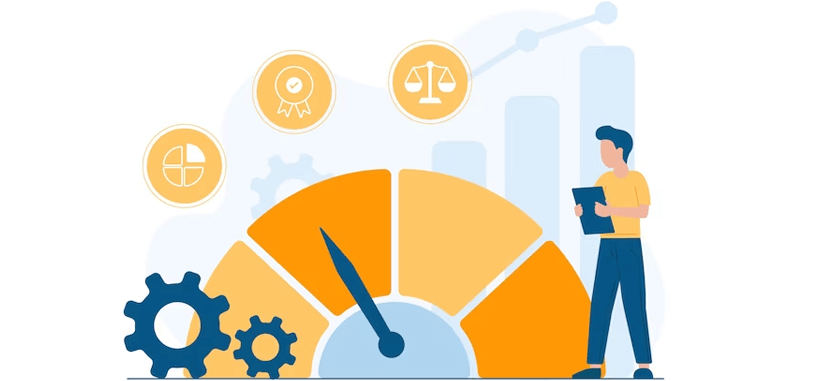
Why Measuring Productivity Is Needed in Business
Measuring productivity isn’t merely an option; it’s a necessity for businesses aiming to achieve their goals and stay competitive against rivals who are focusing on growth. This section discusses the role of productivity measurement and some of the methods used in various work environments.
The adage “what gets measured gets managed” holds incredibly true in the context of productivity. When businesses measure productivity, they obtain a clear picture of how efficiently resources are being utilized. This information is not just useful, but crucial in various aspects:
- Identifying inefficiencies: By measuring productivity, organizations can identify bottlenecks or inefficiencies within their processes that need attention. This information allows them to make necessary adjustments and improvements.
- Setting and tracking goals: Productivity measurements serve as a valuable tool for setting realistic goals and tracking progress towards achieving them. They provide tangible data to determine if the strategies in place are working or if changes need to be made.
- Improving employee engagement: Transparency in productivity measurements can also drive employee engagement. When employees understand what metrics they’re being measured against, they’re more likely to be engaged and focused on achieving those targets.
Without proper systems in place to measure productivity, it can be harder to identify where problem areas exist. Depending on your business, there are different ways to go about putting measures in place.
Methods of Measuring Productivity in DifferentWork Environments
Productivity can be measured differently depending on the nature of the work environment.
Here are a few methods used across various contexts:
- For manufacturing and physical output: In industries like manufacturing where the output is tangible, productivity is often measured by the ratio of outputs to inputs, such as units produced per labor hour.
- For service industries: In service industries, productivity might be measured by the value of services provided per labor hour or by the number of customers served within a specific timeframe.
- For knowledge workers: In the case of knowledge workers, measuring productivity can be a bit more complex. Some methods include tracking task completion, meeting project deadlines, quality of work, or even measuring against Key Performance Indicators (KPIs).
- For remote teams: For remote teams, productivity could be measured by tracking project completion, meeting deadlines, or using project management tools that allow for the tracking of tasks and time spent on each task. Some companies also use regular check-ins and performance reviews to measure productivity in a remote setting.
- For retail and customer service: In a retail or customer service environment, productivity might be measured by the number of customers helped per hour, customer satisfaction scores, or the amount of sales per employee. Monitoring metrics like average handle time for customer service calls can also give insights into productivity.
- For creative fields: In creative fields like design or writing, measuring productivity can be quite subjective. It’s often based on the quality of work produced and meeting project deadlines. However, other metrics like the number of revisions needed or client feedback can also be used to measure productivity.
While the specific methods vary, the core principle remains the same: understanding how efficiently resources, especially time, are being utilized towards productive outputs.
However, it’s important to remember that while measuring productivity is needed to facilitate growth, it should be done in a way that respects and values employees’ time and wellbeing.
Overemphasis on productivity measurements can lead to a toxic work culture. Therefore, it’s important to strike a balance and ensure that productivity measurement is used as a tool for improvement and growth, rather than merely a metric for assessment.
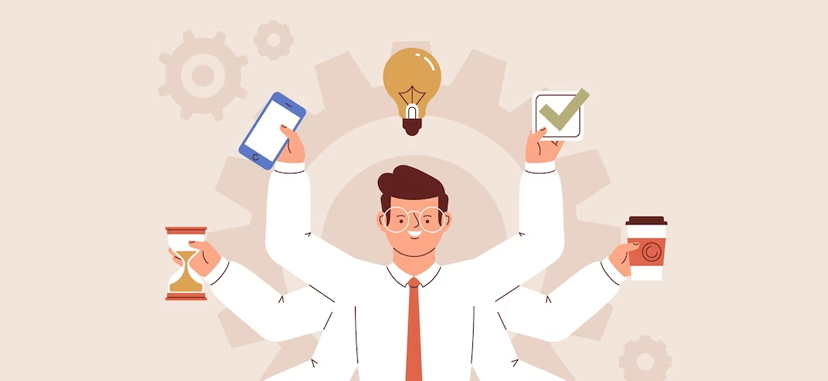
Top Productivity Methods For Getting More Work Done
In our quest to continuously improve our work performance, we’ve come across several productivity methods that have proven effective. These methods, ranging from the classic to the innovative, are not one-size-fits-all solutions but can be adapted to suit various work styles, environments, and roles.
The Pomodoro Technique
This is a time management technique developed by Francesco Cirillo in the late 1980s. The method is simple yet effective: you break your work into 25-minute intervals, or ‘Pomodoros’, with a five-minute break in between each. After you’ve completed four Pomodoros, you take a longer break of 15 to 30 minutes.
The Pomodoro Technique is based on the idea that frequent breaks can improve mental agility and keep your focus sharp. By working in short, focused bursts, you’re less likely to fall prey to distractions and procrastination. Additionally, taking regular breaks gives your mind a chance to rest and recharge, reducing the risk of burnout.
The Eisenhower Matrix
Named after the 34th President of the United States, Dwight D. Eisenhower, this method helps you prioritize tasks based on their urgency and importance. The matrix is divided into four quadrants:
- Urgent and important tasks that you should do immediately.
- Important, but not urgent tasks that you should schedule for later.
- Urgent, but not important tasks that you should delegate if possible.
- Neither urgent nor important tasks that you should eliminate.
The Eisenhower Matrix is an excellent tool for managing time and ensuring that important tasks don’t get lost in the shuffle. It helps you focus on tasks that align with your long-term goals and values, rather than being constantly caught in a cycle of putting out fires.
The Agile Methodology
Originating from software development, the Agile methodology emphasizes flexibility, collaboration, and customer satisfaction. It encourages breaking down large projects into smaller, manageable tasks, often called “sprints”. Each sprint is a short, time-boxed period where a specific set of tasks must be completed.
By focusing on small, achievable goals and regularly reassessing and adjusting plans as needed, teams can produce high-quality work more quickly and effectively. The Agile methodology also promotes team collaboration and accountability, fosters a positive work culture, and is especially useful in environments where requirements and solutions evolve through collaborative effort.
The Kanban System
Developed in Japan as part of Toyota’s production system, Kanban is a visual tool for managing workflow. A typical Kanban board has columns representing different stages of a workflow, such as “To Do”, “In Progress”, and “Done”. Tasks are represented as cards that move across the board as they progress through the workflow.
Kanban boards offer a visual representation of your work and workflow, making it easy to understand what’s being worked on, who’s doing what, and where something is in a process. By limiting the amount of work in progress, the Kanban system helps to identify potential bottlenecks in your process and fix them before they become major issues. It also fosters a culture of continuous incremental improvements, leading to greater efficiency over time.
Time Blocking
Time blocking is an effective productivity method that revolves around intentional planning. Instead of jumping haphazardly from task to task, you divide your day into designated blocks of time, each focused on a specific task or set of related tasks. This method ensures that you dedicate undivided attention to each task, enhancing the quality of your output and helping you avoid the inefficiencies of multitasking.
To implement time blocking, follow these steps:
- Identify Your Tasks: Start by jotting down all the tasks you need to accomplish for the day or week. This could range from work assignments and meetings to personal errands and downtime.
- Estimate Task Duration: For each task, estimate how long you believe it will take. Be realistic in your estimates to ensure that you’re not setting yourself up for stress or failure.
- Schedule Time Blocks: Using your calendar, allocate specific blocks of time to each task based on your estimates. Try to group similar tasks together to maximize efficiency.
- Stay Focused: During each time block, commit to focusing solely on the task at hand. Try to eliminate potential distractions to maintain your concentration.
Importantly, don’t forget to schedule blocks of time for breaks and personal activities. Constant work can lead to burnout, and it’s crucial to take care of your well-being to sustain your productivity in the long run.
The Two-Minute Rule
The two-minute rule, coined by productivity expert David Allen, is a straightforward yet powerful tool against procrastination. The idea is simple: if a task takes two minutes or less to complete, do it immediately instead of delaying it.
Despite its simplicity, this method can be surprisingly transformative. By promptly dealing with small tasks, you prevent them from piling up and becoming overwhelming. Whether it’s responding to an email, tidying up your workspace, or updating a spreadsheet, taking immediate action can help maintain a smoother workflow and a more manageable task list.
The 80/20 Rule
Also known as the Pareto Principle, the 80/20 rule is a productivity principle suggesting that 80% of your results come from just 20% of your efforts. In a work context, this means that a small subset of your tasks likely contributes the most to your overall productivity and success.
Here’s how you can use the 80/20 rule to enhance your productivity:
- Identify your high-impact tasks: Review your task list and identify which tasks have the most significant impact on your work goals. These are your 20% tasks that yield 80% of the results.
- Prioritize these tasks: Allocate your best energy and focus to these high-impact tasks. Try scheduling them during your most productive times of the day.
- Delegating or downsizing the rest: Consider delegating, downsizing, or eliminating low-impact tasks that consume a lot of your time yet contribute little to your overall output.
Each of these productivity methods has its strengths and can be applied to different work situations. Experiment with them and see which ones best fit your personal work style and your team’s dynamics.
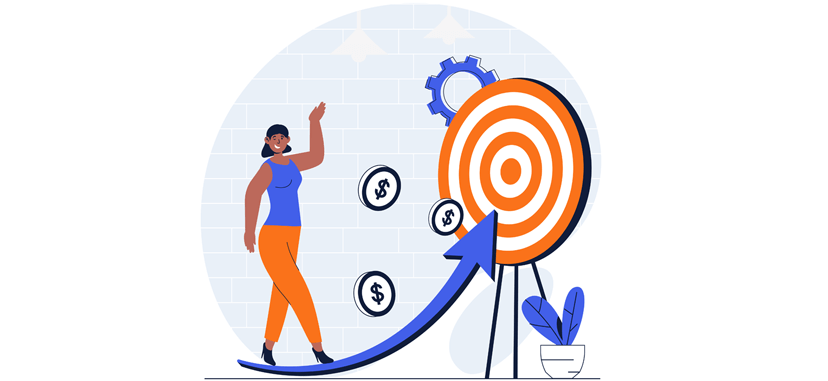
Potential Benefits and Challenges of Methods to Improve Productivity
Embarking on the journey to greater productivity can be exciting and transformative. However, like any journey, it has its share of peaks and valleys.
To help you navigate, here’s a detailed rundown of the potential benefits and challenges that come with implementing productivity methods in the workplace.
Benefits of Productivity Methods
Adopting productivity methods can have a plethora of benefits that extend beyond just getting more done.
Here’s what you stand to gain:
- Improved focus: By organizing your tasks effectively, productivity methods can help you and your team focus on one task at a time, thereby reducing distractions and enhancing the quality of work.
- Better prioritization: With frameworks like the Eisenhower Matrix or the ABCDE Method, tasks can be categorized based on their urgency and importance. This facilitates better decision-making and ensures priority tasks are not neglected.
- Efficient time management: By structuring your work time (like with the Pomodoro Technique), you can improve efficiency, reduce the risk of burnout, and find a balance between work periods and breaks.
- Increased job satisfaction: When work is well-structured and employees feel productive, it can lead to increased job satisfaction. Moreover, the sense of achievement that comes from completing tasks efficiently can also boost morale and motivation.
- Reduced stress: Effective productivity methods help manage workload effectively, reducing work-related stress. By ensuring a balanced and manageable workload, these methods can contribute to better mental wellbeing in the workplace.
Challenges of Productivity Methods to Get More Work Done
However, the road to increased productivity isn’t without its bumps. Here are some potential challenges you might encounter along the way:
- Resistance to change: Change can be daunting, and some team members might resist adopting a new productivity method. This can be managed by transparent communication, education, and gradual implementation.
- Adjustment period: It takes time to adjust to a new way of working. Patience, understanding, and supportive leadership can help ease this transition.
- Finding the right fit: Not every productivity method will suit every individual or team. It might take some trial and error, and perhaps some customization, to find the method that works best for your specific circumstances.
- Avoiding a culture of overwork: While productivity methods are designed to boost efficiency, it’s important to remember that they are tools to facilitate balanced and sustainable work, not to encourage overwork. It’s crucial to ensure that the quest for productivity doesn’t come at the expense of employee wellbeing.
Remember, every journey is a learning experience. Embrace the process, learn from the challenges, and celebrate the benefits as you navigate your way towards a more productive and satisfying work life.
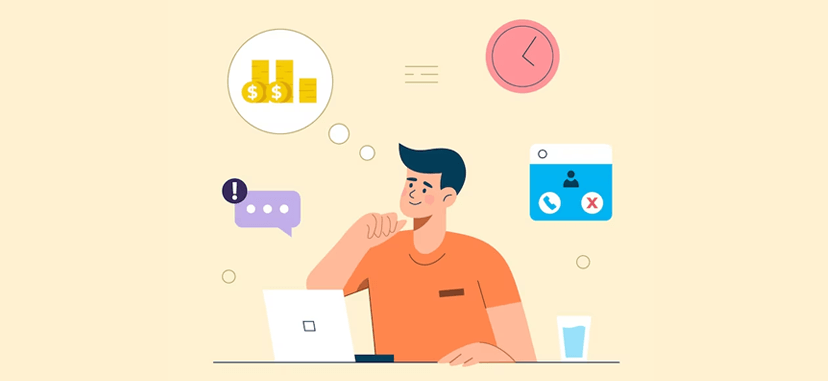
How To Improve Productivity for Remote Workers
While remote work offers many benefits, it also brings unique challenges, especially in terms of productivity. However, with some adaptation, traditional productivity methods can be effectively used in remote work environments.
While many of the productivity methods we’ve discussed can be used as-is in a remote work setting, others may need a bit of tweaking.
For instance, the Pomodoro Technique, Time Blocking, and the 80/20 Rule can all be easily applied to remote work. However, techniques that involve face-to-face collaboration may need to be adjusted to suit virtual communication.
Let’s take a look at a couple of these mdaptations:
- Collaborative productivity methods: Techniques like the Scrum method, which rely heavily on teamwork, can still be used in a remote setting with the help of digital project management tools. Tools like Slack, Asana, and Trello can help facilitate virtual Scrum meetings and maintain the flow of communication.
- Work environment techniques: Some methods, like the clean desk policy, might need to be encouraged on an individual level rather than enforced at an organizational level. Remote employees can be encouraged to create a workspace free of distractions, which could help enhance focus and productivity.
- Personal productivity techniques: Techniques that rely on personal organization and discipline, such as the GTD (Getting Things Done) method, can also be tweaked for remote work. Since the remote work environment often presents more personal freedom (and distractions), these techniques may require more commitment. However, they can also prove extremely beneficial for managing individual tasks and responsibilities.
- Brainstorming and idea generation methods: Techniques that typically involve group brainstorming sessions, like mind mapping, can be adapted to digital platforms. Many online tools offer virtual whiteboards or mind mapping features that teams can use to collaboratively generate and organize ideas. Zoom or Microsoft Teams can also be used for virtual brainstorming sessions.
- Feedback and review methods: Regular feedback and review are important for productivity and continuous improvement. In a remote setting, managers might not be able to provide feedback as frequently or directly as they would in an office. However, with the help of communication and project management tools, managers can set up regular check-ins and reviews, ensuring team members are on track and any obstacles are addressed promptly.
Although working from home can make team members feel disconnected from one another, there are still ways to deepen the bond between coworkers.
Maintaining Productivity When Working From Home
Working from home can sometimes blur the boundaries between professional and personal life.
Here are a few tips to maintain productivity when working remotely:
- Create a dedicated workspace: Having a space in your home that is used exclusively for work can help put you in the right mindset and reduce distractions.
- Set clear boundaries: Make sure to communicate your work hours to your family or roommates to minimize interruptions. Also, avoid checking your work emails or tasks outside of these hours to maintain a healthy work-life balance.
- Take regular breaks: Just like in an office environment, taking regular short breaks can help prevent burnout and maintain productivity levels. Try using the Pomodoro Technique to schedule your breaks.
- Leverage technology: Use digital tools to keep track of your tasks, manage your time, and stay connected with your team. Tools like Zoom for video conferencing, Slack for team communication, and Asana for task management can be particularly helpful.
- Stay connected: Working from home can sometimes feel isolating. Make sure to regularly check in with your colleagues not just about work, but also to maintain social connections. This can help keep morale high and create a stronger team culture.
Productivity in a remote setting is a matter of trial and error. What works for others might not work for you, so don’t be afraid to try different methods and adjust as necessary to find your perfect productivity formula.
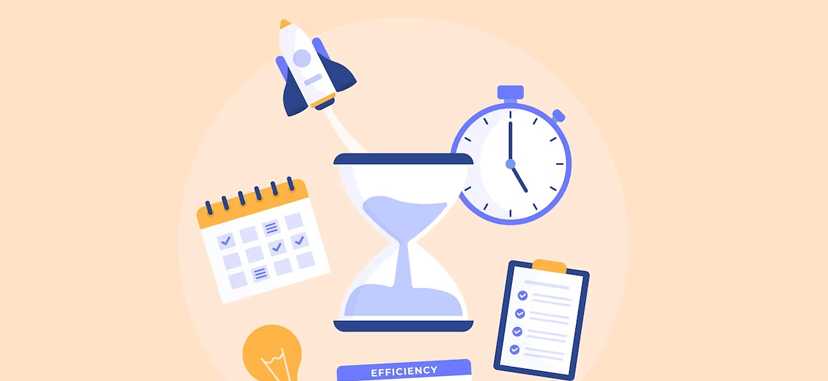
What to Expect in the Future for Productivity Methods
As we take a look towards the future, let’s first examine some of the current trends that are shaping our approaches to productivity.
Embracing Technology and Automation
One of the most significant trends in productivity methods is the increasing reliance on technology. More and more, digital tools are becoming intertwined with our daily tasks, enabling us to automate routine processes, better manage our time, and keep track of our progress with greater ease.
As artificial intelligence (AI) continues to advance, it’s poised to play an even more significant role in our work. Future productivity methods may leverage AI to automate even more complex tasks, freeing up our time to focus on high-level, creative, and strategic thinking.
We’re likely to see an increase in AI-driven tools that provide predictive analytics, guiding our decision-making and helping us work more efficiently.
The Impact of Remote Work
The recent rise of remote work has dramatically changed our work environment and, with it, our productivity methods. As more and more people work outside of traditional office settings, productivity techniques that were once designed for physical offices are being adapted to suit digital, decentralized teams. This shift is changing not just how we work, but also where and when, leading to the emergence of more flexible and adaptable productivity methods.
In the future, we can expect this trend to continue. As companies and employees see the benefits of remote work, from reduced commuting time to greater work-life balance, productivity methods will evolve to suit this new style of working.
For example, we may see an increase in productivity tools designed specifically for remote teams, as well as techniques that promote effective communication and collaboration in a virtual setting.
The Growing Focus on Wellness and Mindfulness
Work is not just about output; it’s also about the individuals doing the work. As society becomes more aware of the importance of mental health and work-life balance, productivity methods are starting to reflect this awareness. More than ever, techniques are being developed that prioritize healthy work habits, mental well-being, and mindfulness.
Looking ahead, we can expect this focus on wellness to become even more pronounced.
Future productivity methods may incorporate more elements of mindfulness, encouraging workers to be present and focused, and to take regular breaks to rest and recharge. The emphasis will be on sustainable productivity – working effectively without burning out.
Personalization and a Holistic Approach
As we cast our gaze towards the future, two predictions stand out. First, we’re likely to see greater personalization in productivity methods. Just as personalized learning experiences are becoming more common in education, personalized productivity methods could become the norm in the workplace. These methods will recognize and accommodate individual work styles, strengths, and preferences, leading to more effective and satisfying work.
Second, we can expect a more holistic approach to productivity. This will involve a greater focus on the well-being of the worker, not just the work they produce. Productivity methods of the future will likely integrate elements of wellness and mindfulness, and emphasize a healthy work-life balance.
As our understanding of work, wellness, and technology continues to grow, our productivity methods will continue to adapt, evolve, and innovate. By keeping a finger on the pulse of these trends, we can find ways to not only work more productively, but also work happier.
Conclusion
Find your fit.
There is no one-size-fits-all productivity method. The techniques and strategies that work wonders for one person might not work as well for another. The key is to experiment and find the methods that resonate with you and your unique work style.
Productivity is a personal journey, not a race. So, take your time to try out different strategies, reflect on their effects, and refine your approach.
In the end, the goal is not just to be more productive but to create a more enjoyable, satisfying, and balanced work experience.
With the right productivity method in your toolkit, you’re well-equipped to take on the challenges of the modern workplace, and above all, to flourish within it.

